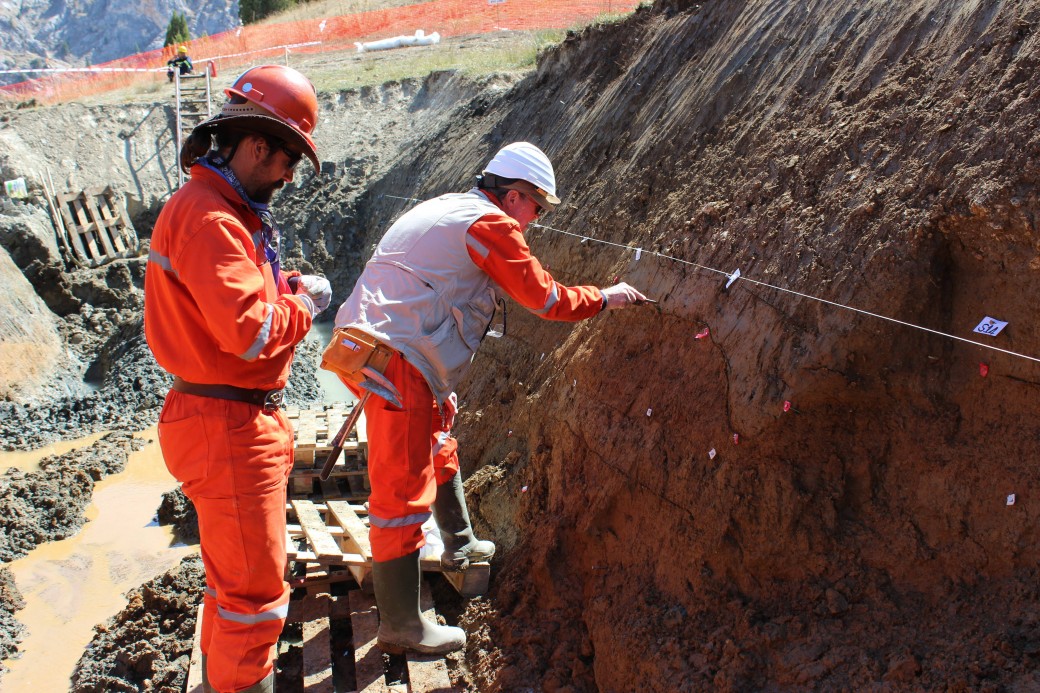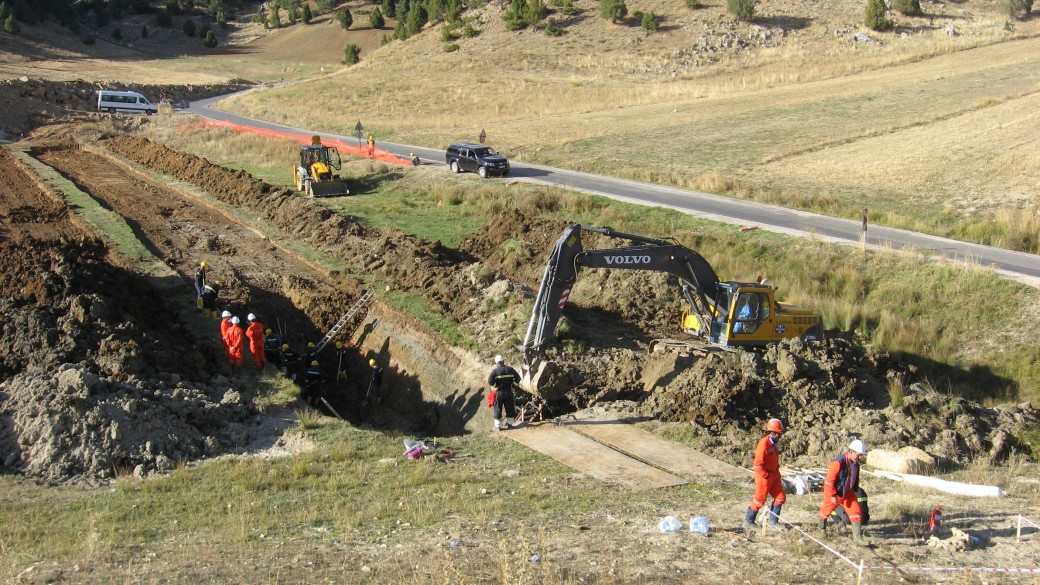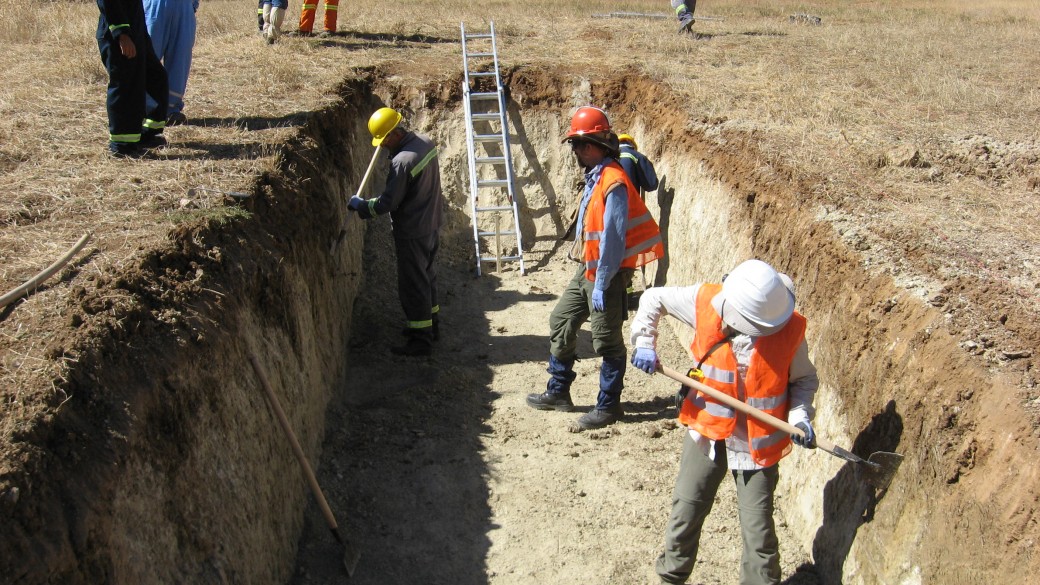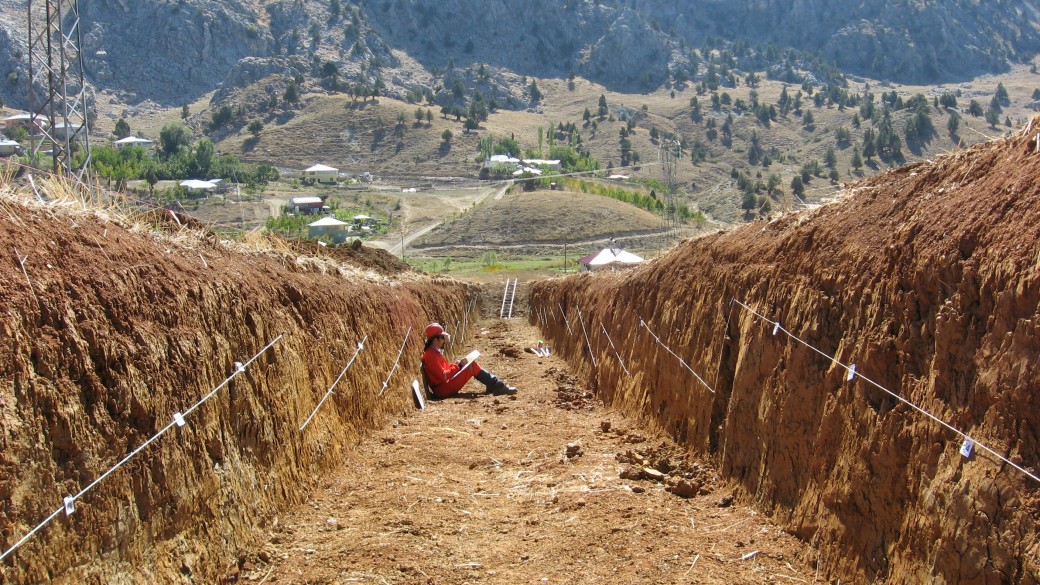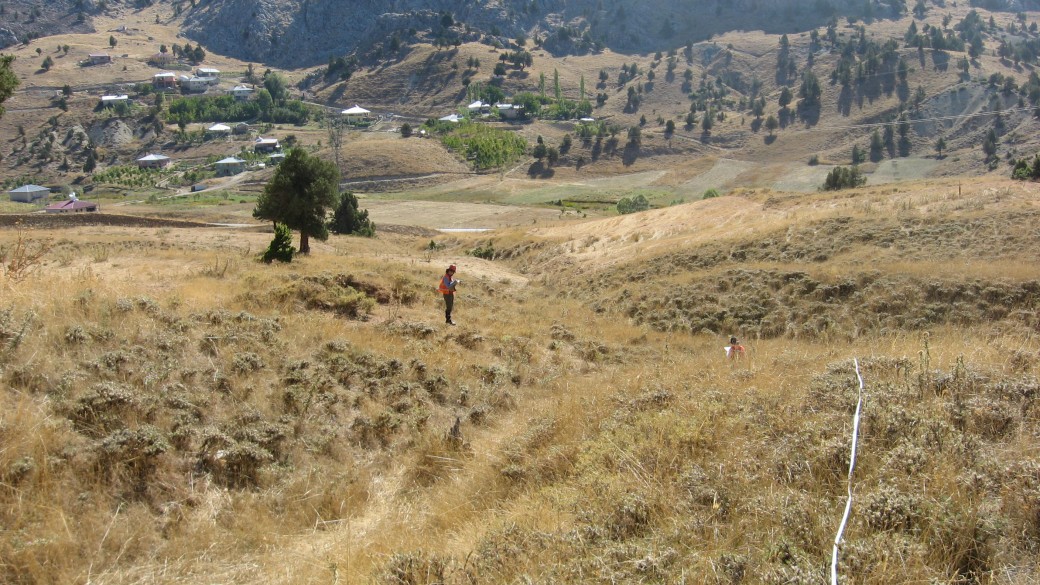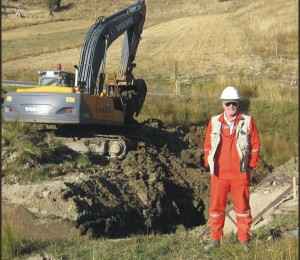
LGS, in collaboration with Fugro-Sial and Interface Geohazard Consulting, conducted a fault hazard investigation in Turkey to determine if a petroleum pipeline crossed Holocene active faults. Identification of active faulting along the right-of-way would increase the hazard to the pipeline if the orientation of the faults were such that a significant earthquake could cause surface rupture through the pipeline trench. Paleoseismological and geomorphological investigations are necessary in order to assess the recency of faulting, fault geometry and sense of slip, the recurrence interval of surface rupturing events and and to establish the magnitude of future earthquakes. Turkey lies in a very seismically active region and the pipeline being investigated could be exposed to a M 7 earthquake.
